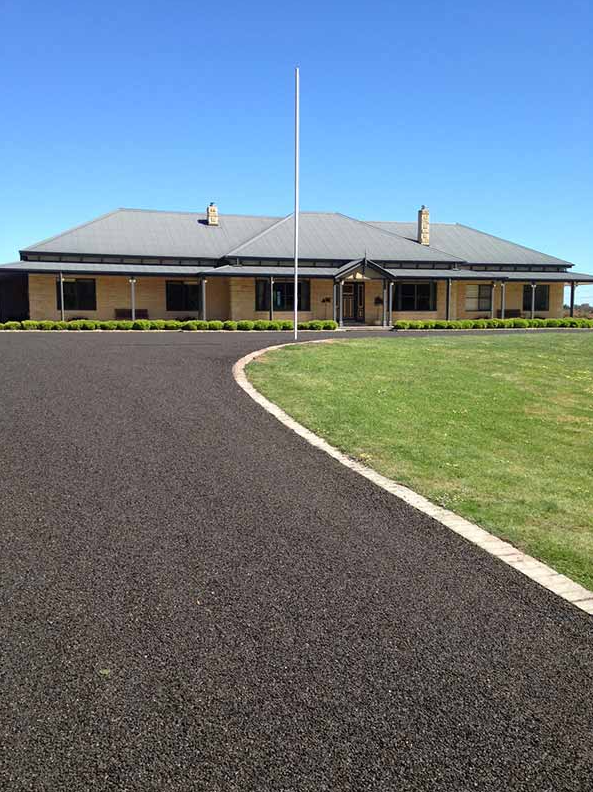Potholes are an all-too-common issue on roads, driveways, and hardstands, especially where asphalt has aged, cracked, or been exposed to weather extremes. In Renmark, SA, this problem is often compounded by fluctuating temperatures and frequent vehicle traffic. A common question from property owners is whether potholes can be repaired without the need for cutting and replacing the asphalt altogether. The answer depends on the condition, size, and underlying cause of the pothole.
Understanding the Traditional Repair Method
Traditionally, fixing a pothole involves cutting out the damaged section, cleaning the area, and then laying new asphalt. While effective and long-lasting, this method:
- Takes more time and requires specialised equipment
- Can disrupt access to the area during repairs
- Is more expensive due to labour and materials
That’s why alternatives are sometimes explored, especially for smaller or less critical areas.
Alternative Pothole Repair Methods
There are a few alternative options for pothole repair that do not require cutting and replacing the asphalt completely.
Cold Mix Asphalt Patch
One of the most commonly used alternatives is cold mix asphalt, a ready-to-use material ideal for small-scale repairs.
- No need for heat or heavy machinery
- Suitable for temporary or emergency repairs
- Can be installed quickly, even in wet conditions
However, cold mix is generally considered a temporary solution. It doesn’t bond as well to the surrounding surface and may deteriorate faster under constant traffic.
Infrared Asphalt Repair
Infrared technology allows the existing asphalt to be reheated and reworked without cutting.
- Creates a seamless repair with the surrounding surface
- Reuses existing materials, reducing waste
- Ideal for shallow potholes and surface defects
While not suitable for every situation, this technique can be highly effective if the base layer is still intact.
Bitumen Emulsion and Gravel
In some low-traffic areas, a combination of bitumen emulsion and gravel can be applied directly into the pothole.
- Quick and affordable for rural or private roads
- No need for cutting or compaction machinery
- Suitable for short-term fixes
This option works best where appearance and longevity are less of a concern and where grading is properly managed.
When Is Cutting and Replacing Necessary?
While the above methods can work well in specific scenarios, cutting and replacing asphalt remains the best choice when:
- The pothole is deep or spreading
- The sub-base has failed or is waterlogged
- Surrounding asphalt is cracked or unstable
- The road surface handles heavy or frequent traffic
Attempting surface-only repairs in these situations can lead to recurring problems and increased long-term costs.
Professional Assessment Is Key
Each pothole is different. To determine whether a no-cut solution is viable, the condition of both the surface and the substructure must be carefully evaluated. This includes:
- Depth and width of the pothole
- Type of traffic on the surface
- Drainage conditions in the area
- Age and integrity of the existing asphalt
Without proper assessment, patching may only delay a more extensive repair.
Conclusion
Potholes don’t always require cutting and replacing asphalt—but the suitability of alternative repair methods depends on a range of factors. While cold mix, infrared treatment, or bitumen patches can offer fast and cost-effective solutions, they are not always permanent.
At Renmark Road Tech SA, we provide expert advice and repair options tailored to the needs of each surface in Renmark, SA. Whether it’s a quick fix or a full resurfacing, our team ensures every job is carried out to the highest standard. Contact us today to arrange a site assessment and keep your roads, driveways, and hardstands in optimal condition.
Call us on: 08 5122 4154
Click here to find out more about Renmark Road Tech SA
Click here to complete our contact form and see how we can help with your Asphalt and Bitumen Surfacing needs.

